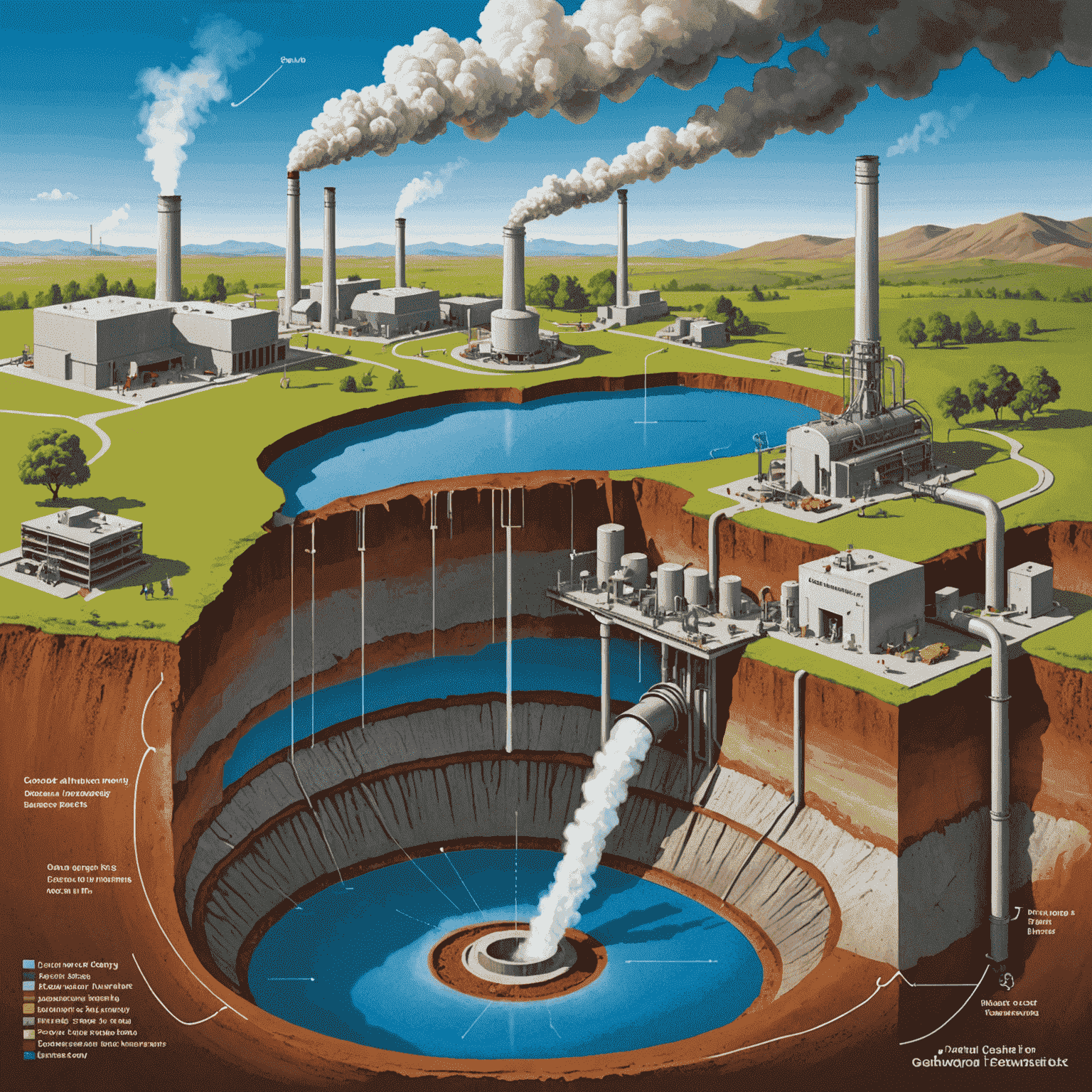Geothermal Energy: Tapping into Earth's Heat

As Canada strives for energy independence, geothermal energy emerges as a promising renewable resource that harnesses the Earth's natural heat. This clean, sustainable power source could play a crucial role in diversifying our energy portfolio and reducing reliance on fossil fuels.
The Potential of Geothermal Energy in Canada
Canada's vast landmass holds significant geothermal potential, particularly in western provinces like British Columbia, Alberta, and Saskatchewan. These regions benefit from geological conditions that make geothermal energy extraction both feasible and economically viable.
Key Advantages of Geothermal Energy
- Constant and Reliable: Unlike solar or wind, geothermal energy is available 24/7, regardless of weather conditions.
- Low Carbon Footprint: Geothermal power plants emit minimal greenhouse gases, contributing to Canada's climate goals.
- Long-lasting: Geothermal resources can provide energy for decades with proper management.
- Versatile Applications: Beyond electricity generation, geothermal energy can be used for direct heating in buildings and industrial processes.
Challenges and Opportunities
While the potential is immense, developing geothermal resources comes with challenges. High initial costs for exploration and drilling, as well as the need for specialized technology and expertise, have historically limited widespread adoption. However, recent advancements and growing interest in renewable energy are changing the landscape.

Overcoming Barriers
To unlock Canada's geothermal potential and move towards energy independence, several key steps are necessary:
- Increased Government Support: Policies and incentives to encourage geothermal exploration and development.
- Research and Development: Investing in technologies to reduce drilling costs and improve efficiency.
- Public-Private Partnerships: Collaboration between government agencies, research institutions, and private companies to share risks and accelerate progress.
- Workforce Development: Training programs to build a skilled workforce in geothermal technologies.
The Path to Energy Independence
Embracing geothermal energy as part of a diverse renewable energy mix can significantly contribute to Canada's energy independence. By reducing reliance on imported fossil fuels and leveraging our natural resources, we can create a more sustainable and secure energy future.
As we continue to innovate and invest in renewable technologies like geothermal, we move closer to a future where clean, domestically-produced energy powers our homes, businesses, and industries. This transition not only benefits our environment but also strengthens our economy and energy security.
Looking Ahead
The journey towards fully harnessing Canada's geothermal potential is just beginning. With continued commitment to research, investment, and policy support, geothermal energy could become a cornerstone of our renewable energy strategy, helping to achieve true energy independence while preserving our natural environment for future generations.